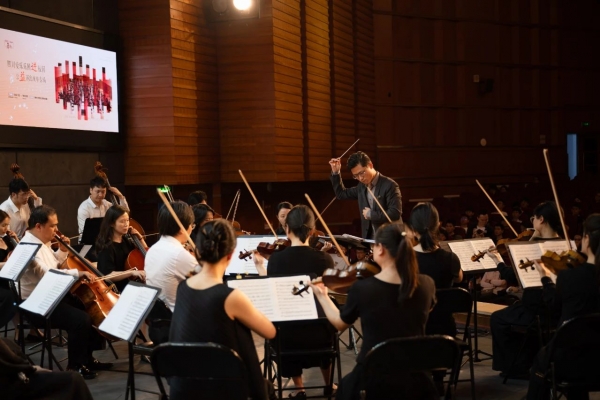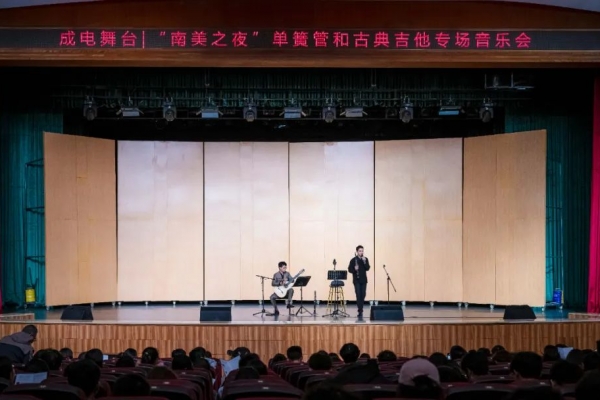即可将网页分享至朋友圈
由基础与前沿研究院主办的基础论坛第189期邀请到深圳腾讯量子实验室高级研究员郑一聪博士来校作学术交流。具体安排如下,欢迎师生们参加。
主题:Fault-tolerant quantum computation architecture for multi-qubit large block codes
时间:2019年10月4日(星期五),10:30-11:30
地点:沙河校区通信楼818室
主讲人简介:
Dr. Zheng is a senior research fellow working on quantum computing at Tencent Quantum Lab (TQL) in Shenzhen. Before joining Tencent, he has been a post-doc working at Centre for Quantum Technologies and Yale-NUS College, Singapore since 2015. He got his M.S in Computer Science and Ph.D. in Electrical Engineering from University of Southern California in 2013 and 2015, respectively. His research interests focus on the architecture of fault-tolerant quantum computation, quantum error correction, quantum simulation, and superconducting qubits.
报告摘要:
We report some recent research progresses towards an alternative fault-tolerant quantum computation (FTQC) architecture using multi-qubit large block codes, which can potentially reduce the resource overhead for FTQC to a great extent. The technical obstacles for such architectures are:
1. It is difficult to implement logical gates/circuits in a fault-tolerant manner for a general CSS code with a high encoding rate.
2. They require a huge amount of clean ancilla states of different types with weak error correlation inside each block for error correction purpose.
3. They require long-range interaction between distant qubits.
In this talk, we try to resolve these challenges to some extent. Particularly, we show that:
1. Arbitrary logical Clifford circuits for CSS codes can be fault-tolerantly implemented in a constant number of steps via the Knill or Steane methods of syndrome extraction if suitable CSS states are available.
2. All ancilla states required for gate teleportation and error correction can be prepared fault-tolerantly by distillation with almost O(1) resource overhead.
3. We propose a practical scheme to implement such FTQC architecture on superconducting qubits with 3D integration techniques, which is compatible with the architecture for surface code.
编辑:李果 / 审核:李果 / 发布:陈伟


